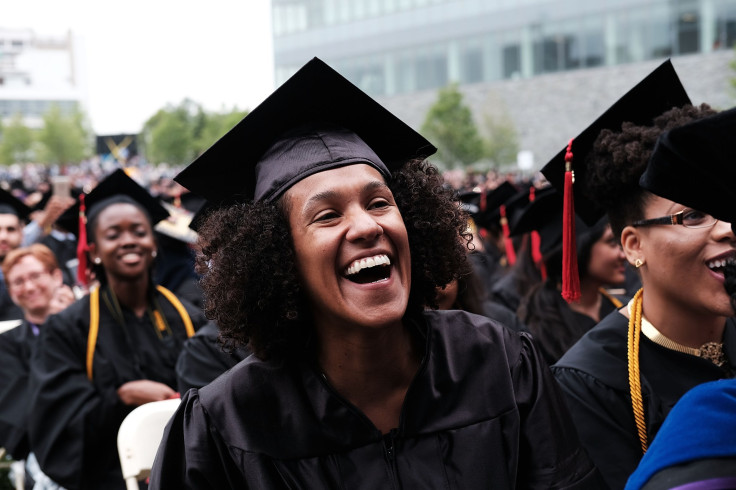College Costs 2017: Tuition And Fees Rise Again, But Student Borrowing Falls

Even if you cut out all the beer bongs and football tickets, the cost of college is still on the rise.
Clichés aside, the average published tuition and fees for American students at in-state public, four-year schools during the 2016-2017 year went up more than 2 percent this year before inflation, totaling about $9,650, according to a report from a College Board out Wednesday. Private school students saw even more of a jump, with their average tuition and fees increasing more than 3 percent to $24,930.
The spikes may seem small, but they can make a big difference for students and families, according to the College Board, a nonprofit that administers the SAT and provides students with admissions-related services.
"Despite the moderate increases in average published prices, there were considerable increases in net tuition and fees over the past few years," report coauthor Jennifer Ma said in a news release. "These increases, combined with stagnant incomes for many families, raise concerns about ensuring educational opportunities for low- and moderate-income students."
Here's what that means: This year, institutions' published tuition and fee prices didn't rise as much as they have in previous years. But net prices — the totals people actually end up paying after financial aid and other adjustments — have been going up. And families have begun to feel it.
The average net tuition and fee price for in-state students attending public, four-year schools was $3,770. When room and board were added in, that totaled $14,210 — a nearly $3,000 jump from five years ago.
The amount that undergraduate students borrowed to pay for their education decreased for the fifth year in a row, falling about 18 percent from five years ago, according to the College Board. Graduate student borrowing also went down overall, though it increased in the short term.
Separately from the College Board, the Institute for College Access and Success published its class of 2015 report last week. It found that 68 percent of new graduates had some student debt. Their average load was $30,100.
© Copyright IBTimes 2024. All rights reserved.






















